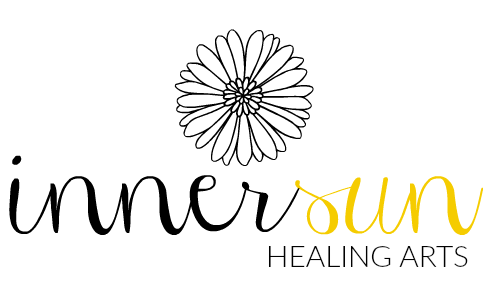Change Your Brain To Live a More Contented Life
/If you are presently unhappy in many aspects of your life, it can feel like a dark place. A mindset that is clouded by daily thoughts of dread and negativity can really wear on a person’s self-esteem, self-worth and physical health.
When there is discontentment, there’s a tendency to get trapped in the never-ending cycle of waiting for the day when “it” will all change – “When I have a new job…a new relationship…a bigger home…”
Contentedness does not come out of an external place, like the striving for more possessions or making more money or living a more exciting life, for instance. If that has been your focus in life, then it will not hold up over time. Your thoughts will always be running a tape that ultimately say, “You are not enough.” This is because once you get the bigger house, the job promotion and the new relationship, you immediately start planning your next bigger, better this and that.
Being authentically content starts with the realization that you are the creator of your reality.
Our thoughts dictate how we view the world and ultimately, how we feel. If you tend to see life through these kinds of ideas and messages…
· You’re looking for that next better thing
· You must work hard to get everything you need
· You look toward others and society for approval
· You’re worried about what others think of you
· You’re jealous and envious of other people’s successes
· You’re focused on your image and the way you look
· You blame others from keeping you from having the life you want
· You feel that you never have enough money, sex, time, stuff, friends, etc.
…then you have become lost along the way and this is why you feel so empty.
As William Shakespeare wrote, “Nothing is either good or bad but thinking makes it so.” Thoughts are powerful. They are the precursor to our feeling states.
Even when it looks as though your emotional state is being dictated by your circumstances, that is never true. Just get quiet and curious for a moment, and ask yourself, “If I weren’t thinking this way, how might I feel differently?”
The happiness you have been seeking outside of yourself can be yours when you learn to stop chasing the illusion, and instead, begin to have more kindness, compassion and love toward yourself.
The more we are willing to genuinely love from within, even when it feels hard, the less we go searching for contentedness in the wrong places. When we are comforted by our own self-love, we no longer need to find comfort through external fixes.
Contentedness is a state of being fulfilled with what you already have within you. And at the same time, striving to improve, to become a better human being, regardless of how happy and content you are.
So you’re wondering, “How do I break the cycle of discontent and emptiness and learn to really love myself?”
We can harness the brain’s plasticity by training our brain to make positive thought patterns more automatic.
Neural pathways are like superhighways of nerve calls that transmit messages. After many years and decades of negative belief patterns traveling over the superhighway, the pathway becomes more and more solidified. And because the brain is always changing, with practice you can forge newer, healthier and more positive pathways, by creating new thought/feeling habits. That’s called neuroplasticity.
Mindfulness skills integrated into ones daily life can interrupt the negative and habitual feedback loops that can rewire the brain to think more positively. The regular practice of mindfulness meditation increases gray matter in the hippocampus, an area of the brain important for learning, memory, and emotion, and reducing gray matter in the amygdala, an area of the brain associated with stress and anxiety.
Spending 5 to 10 minutes daily sitting still while focusing on your in-breath and out-breath, trains the brain to quiet down, disengage the stress response, and move into a relaxation response that is more open to letting go of the more habitual neural pathways. Mindfully tracking your thoughts consistently throughout your day by redirecting habitual negative thoughts to new positive thoughts will carve out new and more accessible neural pathways.
Visualization is almost as powerful as the real thing given your brain cannot tell the difference between something real or imagined. Research shows that anytime you are thinking you are engaging and thus conditioning neural pathways, so why not create positive, calming images to change the brain? The most important part of using visualization to strengthen healthy habits is to engage your emotion. Positive emotion provides the fuel to enlist more neural power for creating new healthier neural networks. Find time throughout your day imagining yourself feeling and being more content in your life.
Gratitude is one of the best ways to move more readily towards positive thoughts and feelings of contentment. Whenever you are not content with something, take a moment and count all the blessings in your life. If you honestly do that, then you are creating the opportunity for more blessed moments in your life! Let your focus be on what you have rather than on what you don’t have. Think about all the pleasant moments in your life regularly. Be grateful for every little thing, for every person in your life, and thank him or her silently.
And finally, enjoy the simple things in life whether it’s conversations with strangers, taking slow gentle walks, or spending quality time with friends. Whatever you do, no matter how small, how inexpensive, and how trivial or simple, enjoy it and recognize that each moment of these positive thoughts lead more and more to authentic happy and contented living.
-Tanya Vallianos
Tanya Vallianos, MA, LPC, ATR, NCC, EMDR III, EAP II is a psychotherapist in private practice in Fort Collins, CO. She can be reached at www.innersunhealingarts.com or 970-420-9504.
















